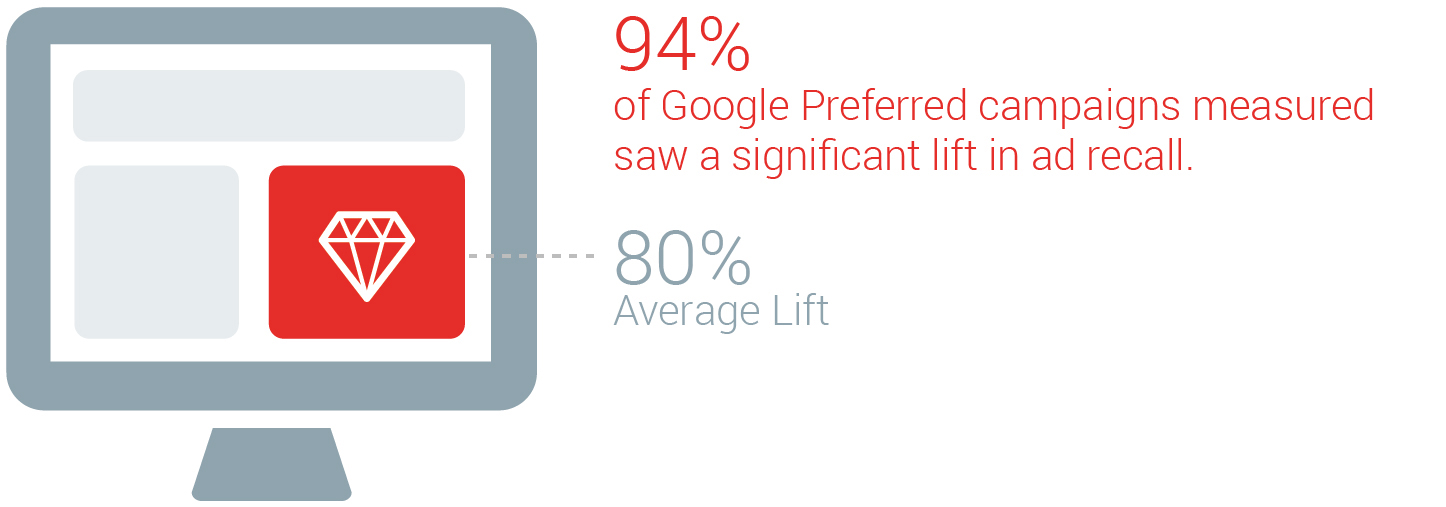As the NewFronts wrap up, pitches for online video may be over, but now comes the hard part: evaluating the options. Online video's explosive growth raises the stakes. It's important to know the facts. Here's what to keep in mind as media allocation decisions are made.
The NewFronts—that time of year when the ad industry and media companies converge to pitch and buy online video media placements for the upcoming year—have officially come to a close. While the events themselves are all about the sizzle, now that the NewFronts are over, marketers and agencies are comparing who has what to offer and deciding what will resonate with an advertiser's audience while making the most efficient use of marketing dollars.
If you went to this year's NewFronts events, you undoubtedly saw a dizzying number of statistics, research reports, case studies, new offerings, and probably a few celebrities for good measure. If you didn't go, you're probably wondering what you missed.
Why all the buzz? Online video is seeing explosive growth. According to eMarketer, U.S. online video ad spending is predicted to hit $7.77B this year, up from $5.96B in 2014. As advertisers devote more of their budgets to online video, the stakes become even higher for deciding where and how to invest in online video platforms.
Watch time on YouTube is growing fast, up 50% YoY.
Here is what to keep in mind as the dust settles on the 2015 NewFronts presentations:
Online video is no longer a nice-to-have in your media plan
To be where your audience is, online video is now a must. Every day, viewers watch hundreds of millions of hours of video on YouTube.1 And according to a December 2014 report from Nielsen, the amount of time viewers spend watching video on the internet has grown 38.5% from the end of 2013 to the end of 2014. With YouTube seeing 50% growth in watch time year over year2 and reaching more 18- to 34- and 18- to 49-year-olds than any cable network in the U.S.,3 online video can't be overlooked.
Audience Reach Among 18- to 49-Year-Olds

Mobile screens work harder for your brand
When it comes to online video, mobile is a small but mighty screen. Recent research reveals that U.S. smartphone video viewers are 1.4X as likely as desktop and TV viewers to watch ads on their devices.4 Not only that, but video content on mobile devices also enables a stronger sense of personal connection to brands. Intuitively, this makes sense. When you're watching a video on your smartphone, it's just inches away from your eyes.

Online video delivers results, and you can prove it quickly
Engagement metrics (views, shares, comments, likes, and watch time) are important, but they don’t tell the whole story. Brand metrics—awareness, perception, and audience interest—provide additional insight into the effectiveness of your campaign. In running studies of advertisers who bought Google Preferred inventory (some of YouTube’s most popular channels) across a variety of verticals, results indicate those campaigns saw, on average, 80% lifts in ad recall and 17% lifts in brand awareness.5 These types of brand metrics can be measured in a matter of days with Google’s Brand Lift solution.
Ad Recall Lift on U.S. Google Preferred Desktop Campaigns

Video ads can't make an impression if they're not viewable
Sight, sound, and motion mean that video ads have the ability to be the most powerful ad format. But if no one sees them, what's the point? According to the Media Rating Council, in conjunction with the Interactive Advertising Bureau, a video ad is considered viewable when at least 50% of the ad's pixels are visible on a desktop screen for at least two consecutive seconds. In reality, only 54% of the ads on the web (excluding YouTube) are viewable on desktop, mobile* and tablet. But on YouTube, average video viewability is 91%.** What's more, YouTube's viewability on mobile devices in particular is 94%.6 Because half of YouTube's global watch time is on mobile devices (and growing), this means advertisers can find a highly engaged audience on YouTube.
U.S. Video Viewability on YouTube vs. the Rest of the Web

* Does not include mobile apps
** Includes mobile apps







